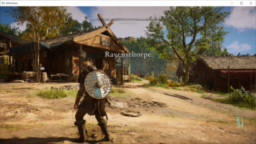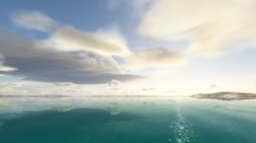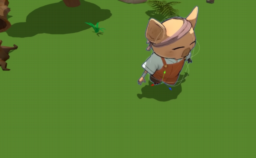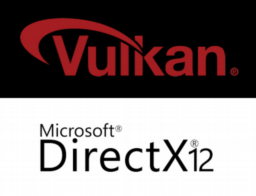- the blog posts describes how APITrace can intercept D3D12 applications (even complex AAA games such as Assassin’s Creed Valhalla)
- presents how the layer deals with Persistent Memory Mapping, Capturing and Replaying Descriptors, Fences, and Synchronization
- additional describes what issues are still left unsolved

- the dev vlog explains how the 2D billboard based clouds are implemented
- cloud volumes are generated in Blender, directional light information is baked into textures using single color lights along the principal coordinate system axis
- these directions are blended at runtime to integrate into the in-game PBR lighting system

- the devlog presents a walkthrough of the implementation of a toon shader
- contains a comparison between a toon shading model and a more realistic model
- the implementation is done using the Unity Universal Render Pipeline (URP) and ShaderGraph

- the video tutorial explains how to take an input mesh and use a compute shader to generate additional geometry
- provides an overview of compute shader concepts, showing the HLSL based implementation and how to integrate it into the Unit rendering pipeline
- additional explains how to use DrawIndirect to draw the results directly from the GPU timeline

- the article presents three different approaches to archive a fire effect using Unity
- show a sprite-based flipbook effect, procedural shape generation for a toon, and more realistic shape
- the implementation is done in ShaderGraph

- unrolled Twitter thread presenting an overview of differences between D3D12 and Vulkan
- the aim of the comparison is to be able to support both APIs

Thanks to Denis Gladkiy for support of this series.
Would you like to see your name here too? Become a Patreon of this series.
